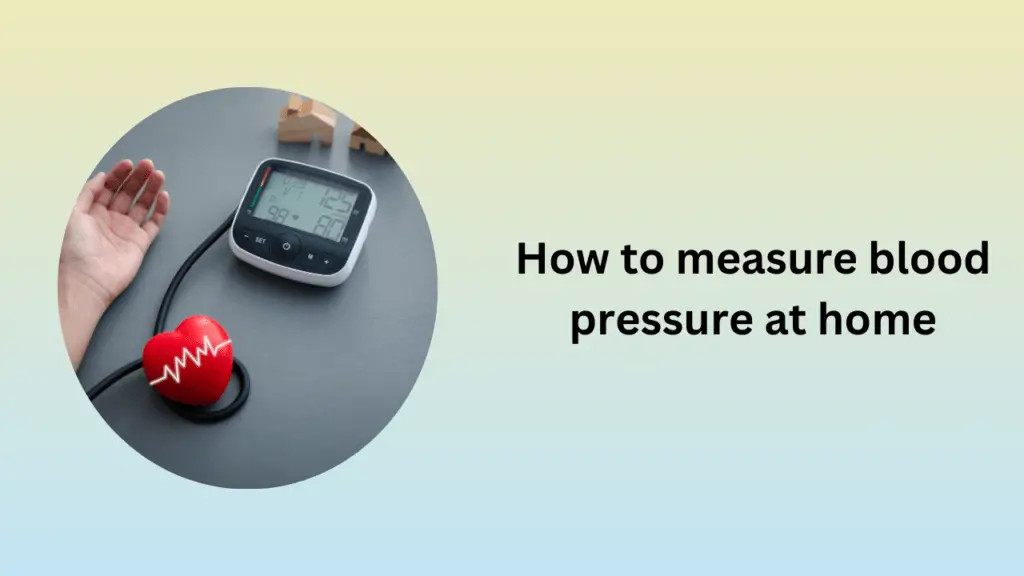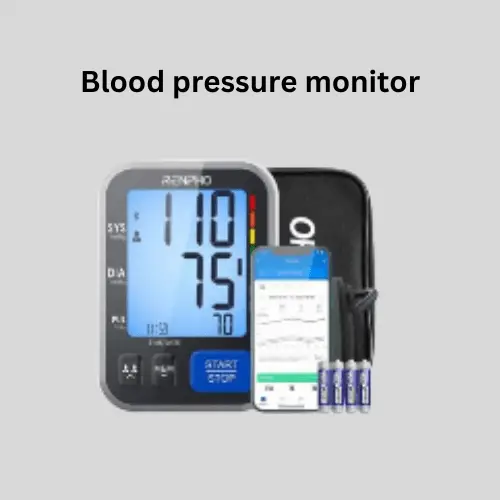Table of Contents
ToggleIntroduction
Have you ever monitored your blood pressure in the comfort of your own home? In this article, we will delve into the steps to accurately measure blood pressure at home. From understanding the basics to selecting the right equipment, we will guide you through the process to ensure accurate results and peace of mind.
Understanding Blood Pressure
Blood pressure is the exerted by the blood against the walls of the arteries the heart pumps in the body. It is crucial to monitor blood pressure regularly for any potential health issues. Understanding the two numbers in a blood pressure reading, systolic (top number) and diastolic (bottom number), is key to interpreting your results accurately.
Key Points:
- Systolic pressure: When the heart beats, the pressure in the arteries is displayed.
- Diastolic pressure: When the heart stops beating, the pressure in the arteries goes up.
Blood Pressure Monitor
- Early Diagnosis: Detect high blood pressure early for timely intervention.
- Home Monitoring: Conveniently track blood pressure changes at home.
- Treatment Support: Effectively monitor and adjust treatment plans.
- Empowerment: Gain a sense of control over your health.
- Easy-to-Read Display: High-contrast, clear display for stress-free reading.
Equipment Needed for Home Monitoring
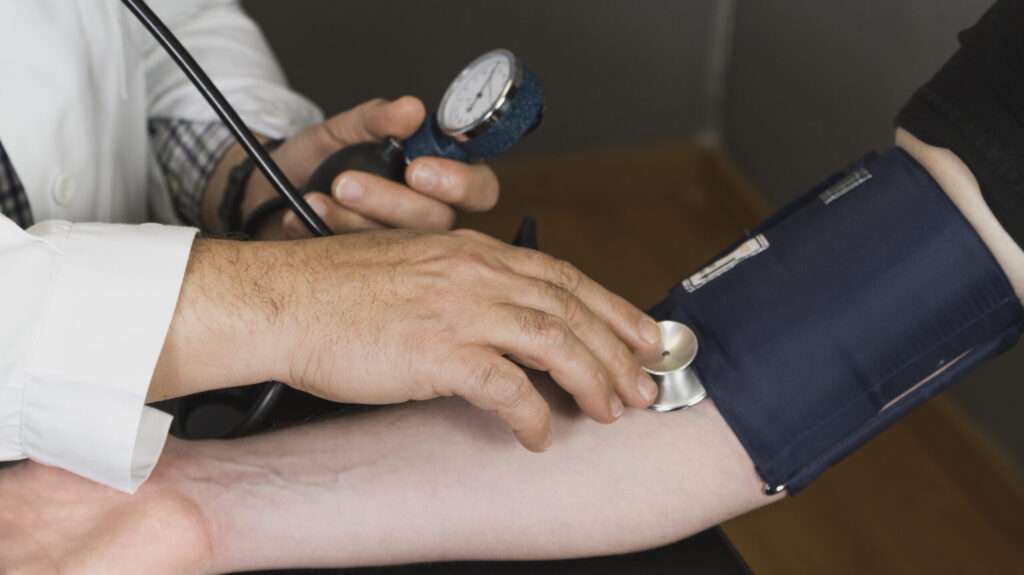
To measure blood pressure at home accurately, it is essential to have the right equipment. A good quality digital blood pressure monitor is crucial for obtaining reliable readings. Ensure that the cuff size fits your arm properly for accurate results.
Key Points:
- Digital blood pressure monitor: Provides easy-to-read results and is user-friendly.
- Correct cuff size: A cuff that is too small or too large can result in inaccurate readings.
Steps to Measure Blood Pressure at Home
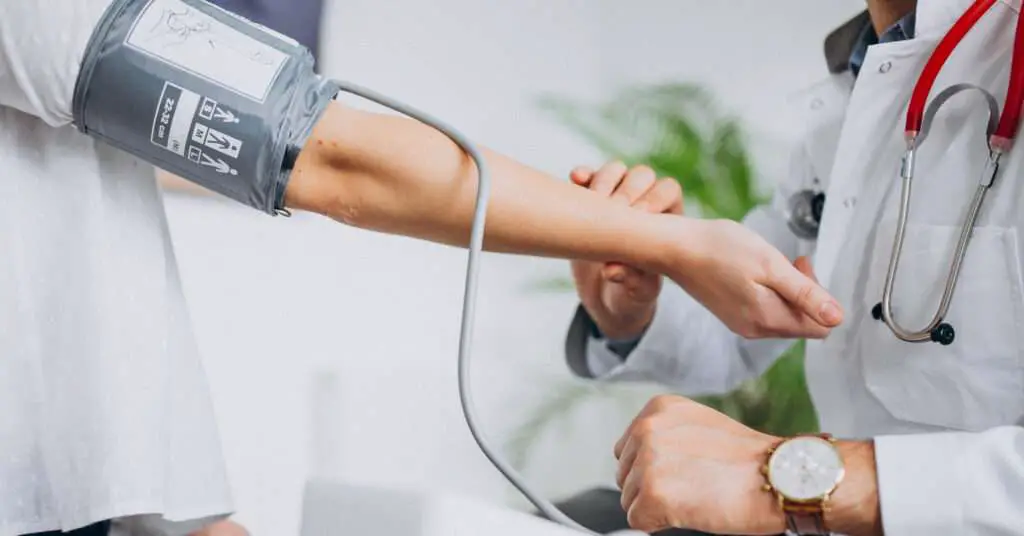
Once you have the required tools, use these procedures to take an accurate blood pressure reading at home:
Prepare for the Reading:
- Sit quietly for 5 minutes before taking the measurement.
- Rest your arm on a table at heart level for accurate results.
Applying the Cuff:
- Place the cuff on your bare upper arm, approximately one inch above the elbow.
- It’s important to ensure that the fit is comfortable and not too tight or too loose.
Taking the Reading:
- Press the start button on the monitor to initiate the measurement process.
- Avoid talking while reading and remain still.
Interpreting the Results:
- Record both the systolic and diastolic readings.
- Consult with your healthcare provider to understand your blood pressure levels.
Benefits of Home Blood Pressure Monitoring
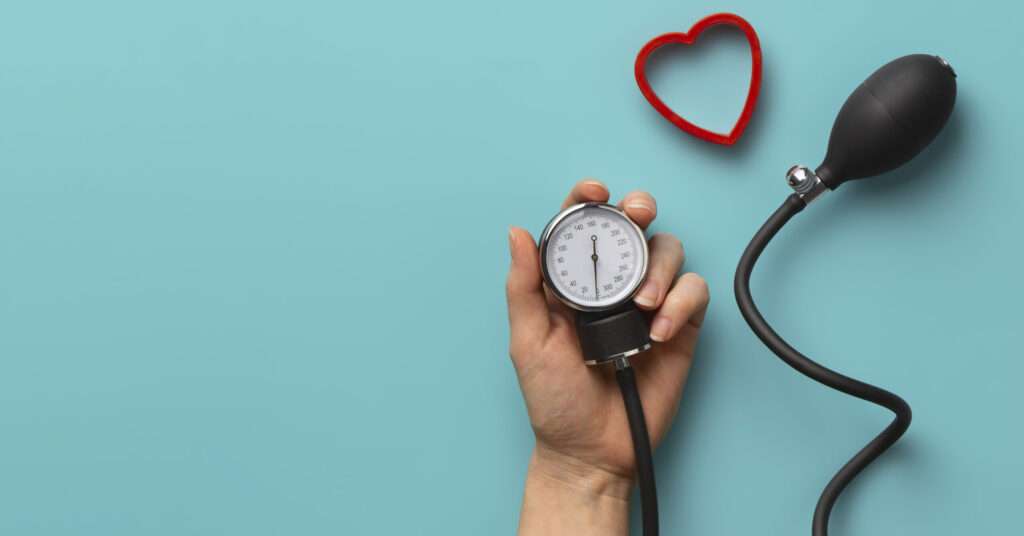
Monitoring your blood pressure at home is advantageous, which has the following advantages:
- Convenience: Easily track your blood pressure at any time.
- Cost-effective: Minimize frequent visits to healthcare facilities.
- Early detection: Detect any fluctuations in blood pressure promptly.
Natural ways to reduce blood pressure
Exercise Regularly
Regular physical activity like walking, running, or other aerobic exercises can strengthen the heart and lower blood pressure. It’s important to aim to exercise for at least 150 minutes of moderate or 75 minutes of vigorous exercise every day.
Lose Extra Weight
Losing even a small amount of weight, like 5-10 pounds, can significantly lower blood pressure. Combining weight loss with regular exercise is especially effective.
Reduce Sodium Intake
Limiting the consumption of processed foods and using herbs/spices instead of salt can help reduce sodium intake and lower blood pressure.
Increase Potassium Intake
Eating more potassium-rich foods like fruits, vegetables, and dairy can help balance sodium levels and reduce blood pressure.
Limit Alcohol
Reducing alcohol intake, especially for those who consume it heavily, can help lower blood pressure.
Manage Stress
Practicing stress-reducing activities like meditation, deep breathing, and listening to calming music can help lower blood pressure.
Eat a Healthy Diet
A diet rich in fruits, vegetables, whole grains, and lean proteins, such as the DASH diet, can significantly reduce blood pressure.
Consider Supplements
Supplements like aged garlic extract, berberine, whey protein, fish oil, and hibiscus may also help lower blood pressure, though the evidence is not as strong.
By implementing these natural approaches, individuals can effectively manage and lower their blood pressure without relying solely on medication.
Exercises for reducing Blood pressure

Isometric Exercises
- Wall Squats: Stand with your back flat against a wall, walk your feet about 18 inches from the wall, and slide your back down the wall until your thighs are parallel to the floor. Hold for 20 to 60 seconds and repeat two times.
- Planks: Keep your body straight by placing your hands under your shoulders and your feet together, focusing on your core, and holding for 20 to 60 seconds.
- Bridges: Make sure your feet are flat on the floor and your knees are bent when lying down. To form a straight line from your shoulders to your knees, lift your hips off the floor. Hold for 20 to 60 seconds.
Aerobic Exercises
- Brisk Walking: Walk at a brisk pace for at least 10 minutes, three times a day.
- Cycling: Ride a bike or use a stationary bike for 30 minutes a day or in three 10-minute blocks.
- Hiking: Engage in physical activity such as hiking to lower blood pressure by up to 10 points.
- Swimming: Swim continuously for 45 minutes to reduce systolic blood pressure by an average of nine points.
Strength Training
- Weight Training: Lift weights or engage in other strength training exercises to improve overall fitness and lower blood pressure.
These exercises are recommended for their ability to improve cardiovascular health, reduce blood vessel stiffness, and manage weight, all of which contribute to lowering blood pressure.
Conclusion
Mastering the art of measuring blood pressure at home is a valuable skill for maintaining your overall health. By understanding the basics, selecting the right equipment, and following the correct steps, you can monitor your blood pressure effectively. Remember, consistent monitoring and communication with your healthcare provider are essential for a proactive approach to your well-being.
Remember, your health is in your hands – measure your blood pressure at home with confidence!
